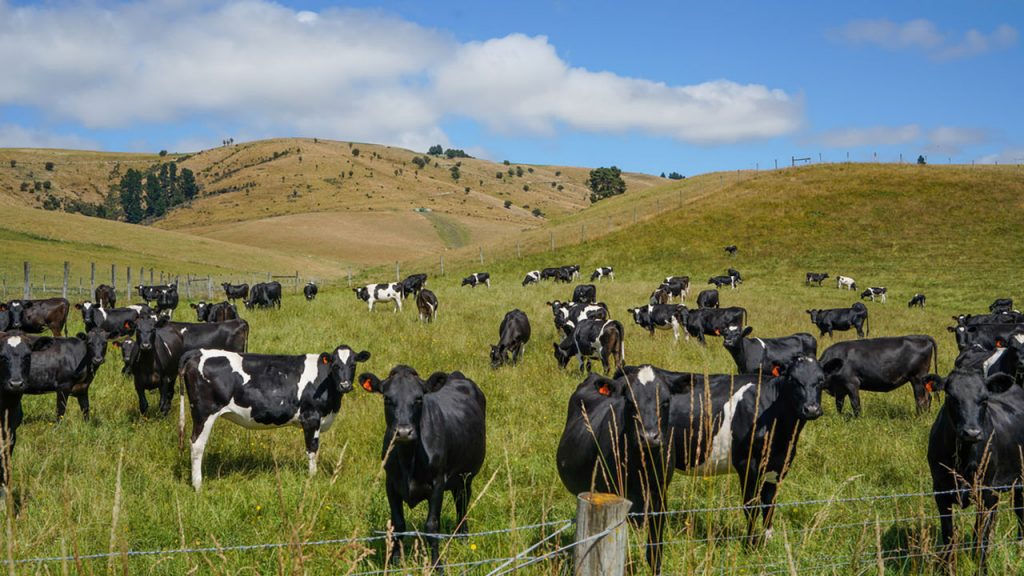
New Zealand’s Emissions Trading Scheme (ETS) is being let down by several critical sectors, according to an analysis by University of Auckland researchers from the Business School’s Energy Centre.
The scheme, which is designed to cut emissions and encourage economic growth, could have a much greater impact on the country’s emissions reduction goals, say the researchers. Their study shows that five key sectors—agriculture, transport, energy, petroleum and diesel, and waste—are underperforming.
While the ETS effectively reduces emissions on a broad scale, the researchers: Dr Le Wen, Associate Professor Stephen Poletti, Dr Selena Sheng and Simon Tao, say it’s failing to spur economic expansion and curtail emissions simultaneously.
In their paper, , the authors explored the emission reduction potential of the ETS by sector.
Compared to emission trading schemes utilised in China and the EU, which have received extensive academic attention, the researchers say relevant analyses regarding the NZ ETS is scant.
“We wanted to understand where the scheme’s effectiveness comes from and where it’s lacking,” says lead researcher, Business School PhD candidate Simon Tao.
“We show that the ETS could better stimulate the economy and reduce greenhouse gas emissions if the planning authorities focus on those five key sectors.”
The study points out that the energy, waste and agriculture sectors are key to New Zealand’s economy and major sources of emissions.
Because cutting investments in these areas to reduce emissions could slow economic growth, Tao says the Government should look at ways to lower emissions while encouraging growth through investing in innovation and energy alternatives like hydrogen.
Meanwhile, the authors say the agricultural sector’s greenhouse gas emissions rank first among all industries’ emissions. At the same time, they say practical, impactful solutions to curtail emissions from this sector haven’t been available.
“There’s an assumption that market participants will comply with their emission reduction commitments, but that’s a hard task when no substantial initiatives are available,” says senior research fellow Dr Selena Sheng.
“One option may be to instate a fixed carbon price ceiling. We also argue that regulators can impose tax on those sectors in the agricultural industry where emissions exceed the average.”
The researchers say the Government could also focus on creating a dedicated agriculture-focused technology hub. This, says Sheng, could help promote the adoption of innovative mitigation technologies and practices among farmers, fostering progressive and sustainable changes.
